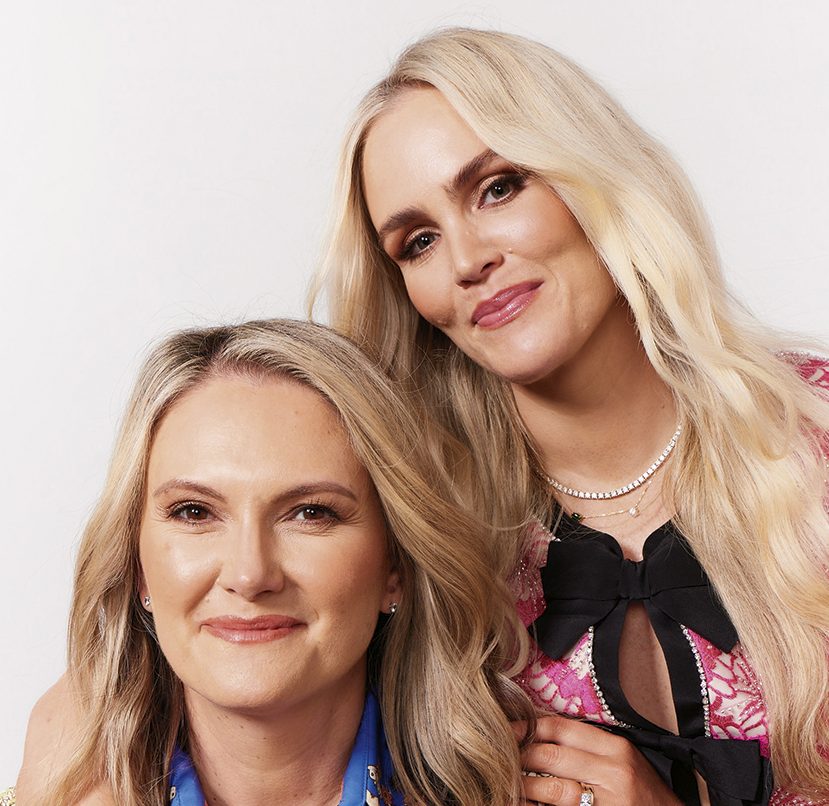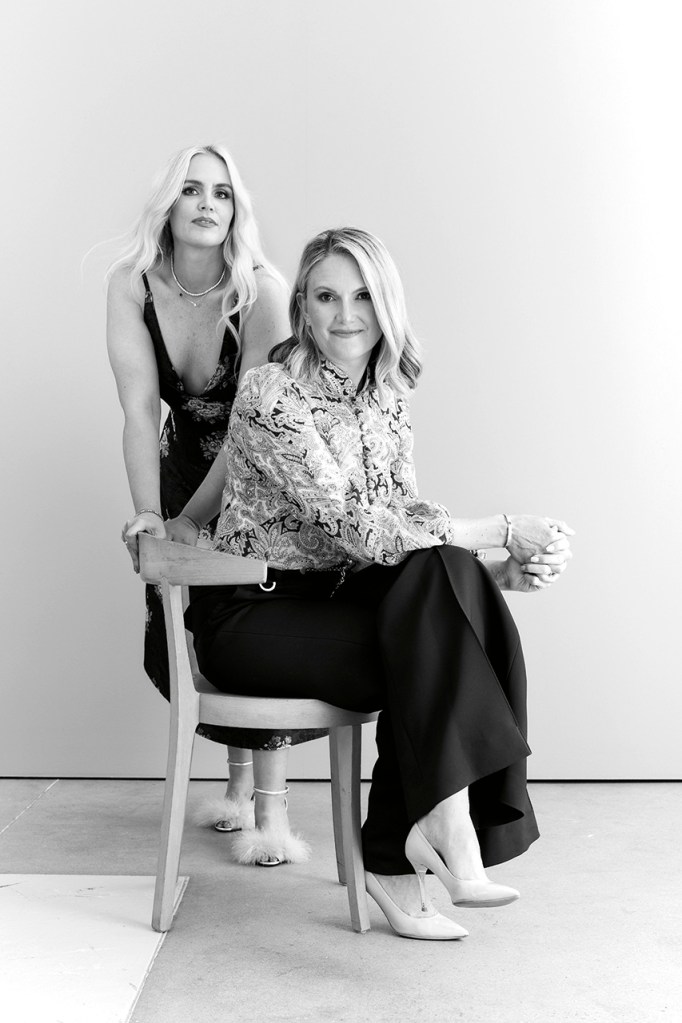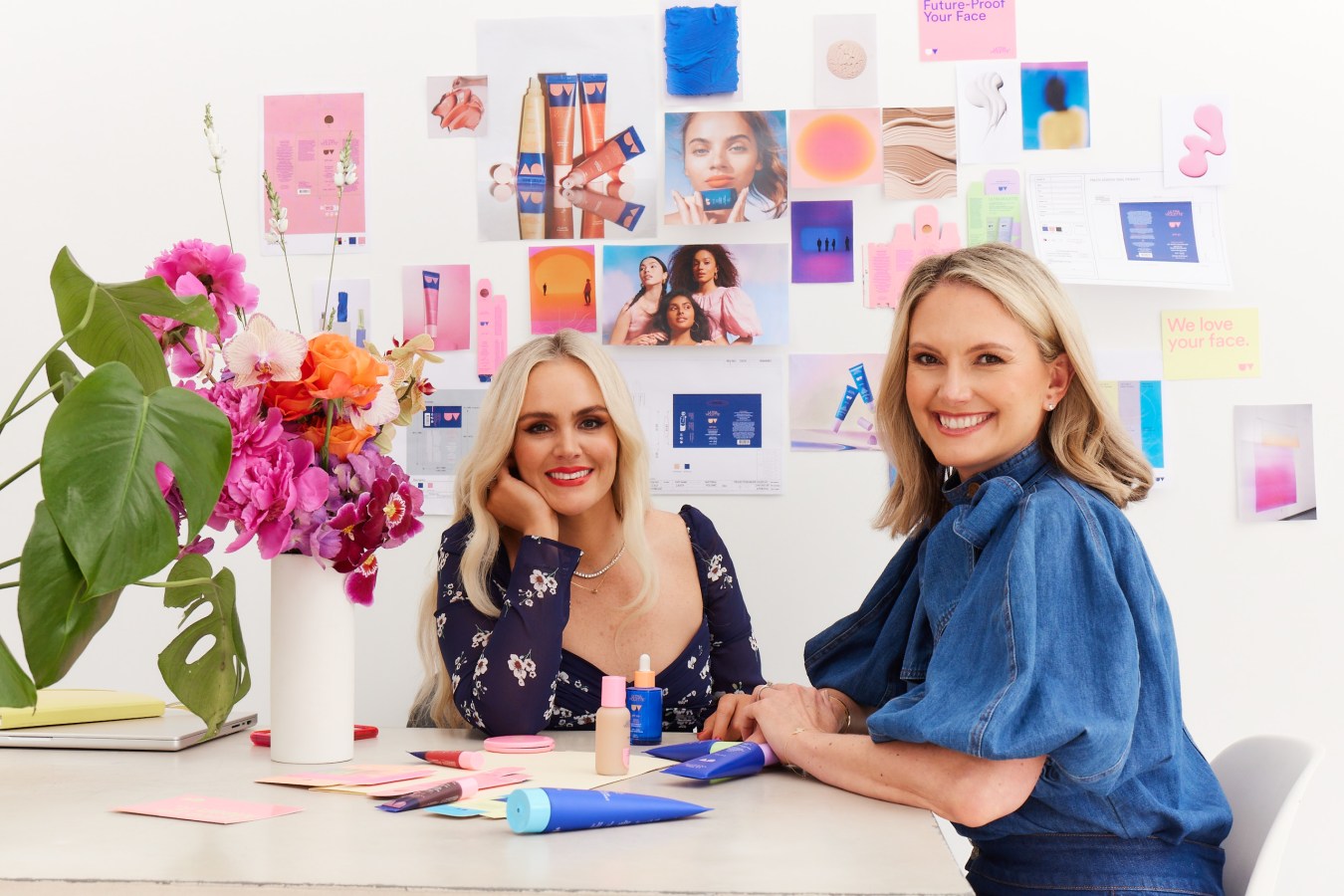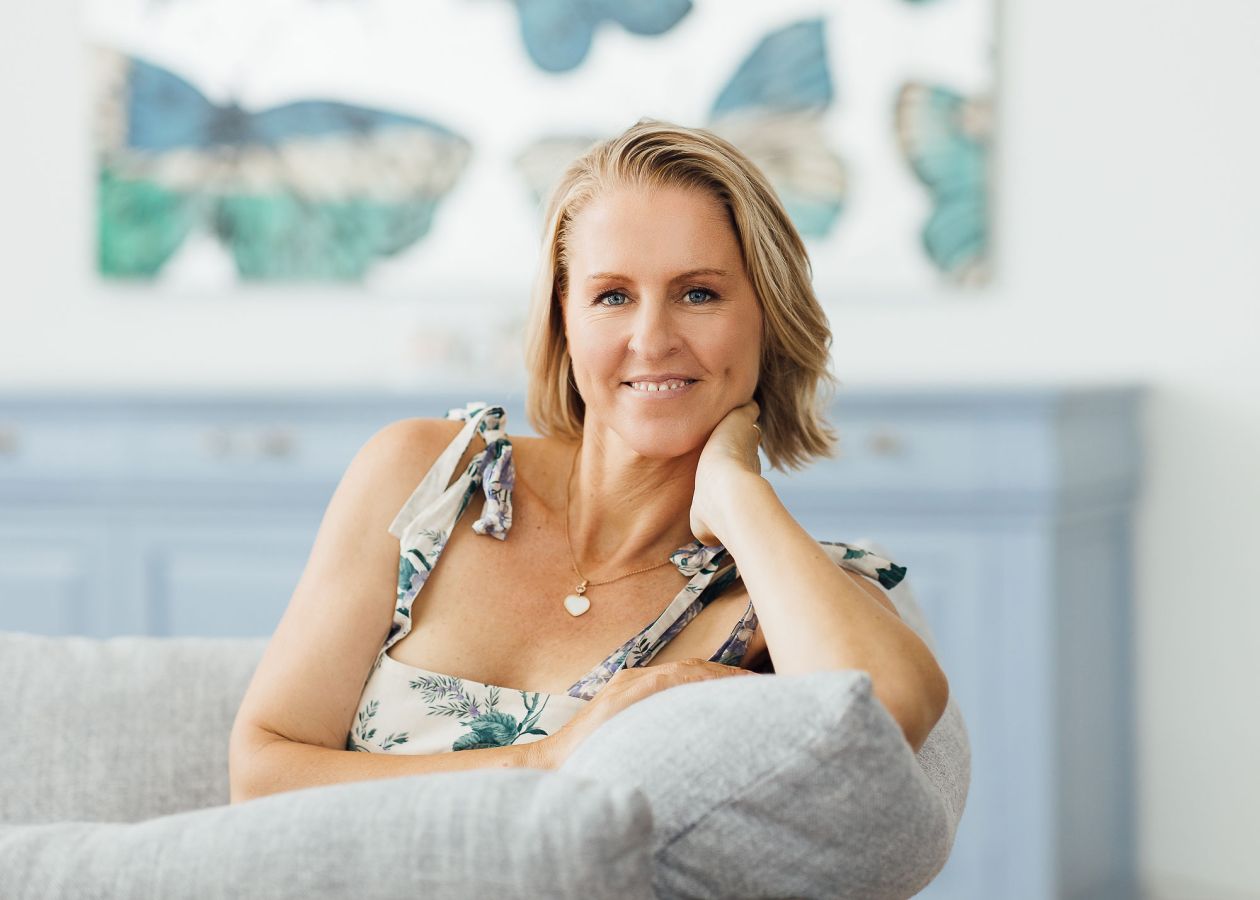Australian SPF brand Ultra Violette may have found success in its hyper-conscious home country. Still, with different attitudes to tanning and sun damage around the world, its next mission is education – particularly in the US, and it’s raised $15 million to do it.
This story featured in Issue 12 of Forbes Australia. Tap here to secure your copy.

It’s 2016, and a coy Ava Chandler-Matthews has a question for her boss, Rebecca Jefferd. “Why don’t we go out for dinner?”
Chandler-Matthews worked in product development for Mecca’s in-house brand under Jefferd’s stewardship at the time. In her role providing her with complete visibility over the beauty industry, she noticed an opportunity.
“In 2016, sun care was very pharmacy-led or supermarket, in those big packs,” Chandler-Matthews says. “Nothing was prestige; it was this real bugbear of so many women. It was just a beach product, even in Australia where we sit under an open ozone [layer].”
Jefferd says she had the good sense to head for a wine and a meal with Chandler-Matthews, and the pair left the night with a twinkle in their eye and a business idea: a premium SPF brand that protected against sun damage but also felt like skincare.
SPF was not a large market at the time, but between 2016 and 2020, demand for sun-care products rose steadily at a compound annual growth rate (CAGR) of 5.5%, according to Fact MR. (This year, the sun protection market was valued at US$11.52 billion – and Statista predicts it will grow at a CAGR of 4.14% through to 2028.)
Some manufacturers just doubled over laughing at us. There was nothing comparable in the market.
Ava Chandler-Matthews, co-founder, Ultra Violette
“It wasn’t like it was booming – it was this sleepy category, a grudge step,” Chandler-Matthews says. “No one really liked it, and it was seasonal. Everyone said sales would be limited to the summer months. But thankfully, we had a bit of conviction in the idea.”
The pair spent every Sunday together for six months in Jefferd’s living room with a whiteboard, fleshing out the idea and a solid business plan. They came up with the following: they’d not take a salary, they’d need 10,000 units of each product, and it would set them back about $200,000 each. And, crucially, they’d need to quit their jobs.
“We wanted a clean break,” Chandler-Matthews says. “That was a bit scary. I was in my late 20s then, but Bec [Jefferd] had two small children, a husband and a mortgage. So, it was a big risk, but we just knew it had legs.”
Once they’d settled on the ground rules, the pair set out to manufacture their product. It was a tricky step for most, but thanks to their background in product development, they had standing
relationships with manufacturers and chemists. However, that didn’t stop them from getting odd looks at their requests.
“We were re-imagining SPF out of pharmacy and mass channels, where the formulations were all lowest cost. We were like, ‘What if it was the highest-cost formulation? And what if you added all these amazing ingredients and made it look beautiful? Put it in a glass bottle? And some manufacturers just doubled over laughing at us. There was nothing comparable in the market.”
The co-founders also knew Ultra Violette had to be completely original in its approach to packaging. Strictly no ‘millennial pink’, which was a big fad at the time, Chandler-Matthews says. Instead, Ultra Violette’s signature blue, yellow and green pastels were meant to replicate the zincs that beach-goers wear.
“It had to be vibrant, eye-catching, fun and hard to replicate,” Chandler-Matthews says. But packaging won’t do the whole job – education and marketing are also key.
“It wasn’t a complicated message,” Jefferd says.

“The message around cancer safety is important, but not everywhere has the same attitudes to cancer and tanning. If you look at aging, 80% of premature aging is caused by UV rays, and it’s probably higher in a country like Australia. So, we focused our marketing on education around aesthetics. We had more willing ears.” (The company’s Instagram page boasts 155,000 followers).
The company launched into Sephora in 2020 with the hopes of enabling its mission to become the number-one prestige sun brand in the world. The latest figures show that the company hit $12 million in turnover in FY 2022 and has expanded into 28 international markets, including Europe, the UK, the Middle East, and Southeast Asia.
Earlier this year, it announced it had secured a partnership with US consumer growth equity firm Aria Growth Partners to receive $15 million in investment. That investment would help propel its expansion throughout North America, which started with Canada via beauty retailer Sephora in March. Jefferd says that this is a boon for business but also expensive. The pair estimates their placement in a single Sephora store to cost around $500. Multiply that by the number of Sephora stores they appear in (110 across Canada alone), and things add up.
Being born in Australia and meeting TGA requirements here sets you up globally at a higher bar because you’ve had to tick many of the testing boxes already.
Bec Jefferd, co-founder, Ultra Violette
“We didn’t need the money at the time. We do now”, Jefferd laughs. “It was more about global expansion and taking that prized spot as the number one premium skincare brand. We also wanted smart people around the table – not just Ava and me. There’s also a lot of regulatory rigour that comes with every new market we launch into – things become more expensive, and the cost to compete in North America increases.”
Ultra Violette’s formulas are approved by Australia’s Therapeutic Goods Administration (TGA). Still, the United States and Canada have their regulators, who have their own standards, requiring the company to recreate their formulas to gain approval.
Jefferd says tinkering with their product isn’t something Ultra Violette would do for every market. Sephora in Canada holds 85% of the total market share of prestige beauty (with 115 stores). It didn’t make sense not to.
“We can flex ingredients to meet regulatory requirements,” she says. “Being born in Australia and meeting TGA requirements here sets you up globally at a higher bar because you’ve had to tick many of the testing boxes already.”
After creating a new formula for Canada, the pair say they’re about 12 months off a launch in the US. Though, that’s a little harder to do because the FDA has not approved a new UV filter for more than 20 years.
“We use new filters – that’s kind of our thing,” Chandler-Matthews says. “It’s how we create that beautiful skincare aesthetic, as well as the high SPF rating that we do.”
The co-founders believe a new filter will be made available in the US in 2025, and that could open the door for other filters looking ahead.
“We’ve looked at our entire range and reformulated using just that one new ingredient,” Jefferd says. “But we have a two-pronged strategy: we can create some great formulations within the current rules and create some great formulations when the rules change.”
Look back on the week that was with hand-picked articles from Australia and around the world. Sign up to the Forbes Australia newsletter here or become a member here.



